What is the purpose of the ADOPT-200 form?
The ADOPT-200 form is used to request the adoption of a child in California. It serves as an official document for adopting parents to express their intent to adopt a child and provides essential information about both the adopters and the child involved. This form plays a crucial role in the legal adoption process, ensuring all necessary information is submitted to the court.
Who can file the ADOPT-200 form?
Any individual or couple who wishes to adopt a child can file the ADOPT-200 form. It is important that at least one adopting parent meets specific legal criteria, such as being at least 10 years older than the child or meeting the requirements outlined in Family Code section 8601(b). Additionally, if adopting a child from a relative, that relationship should be clearly documented.
Can I adopt multiple children using a single ADOPT-200 form?
No, if you plan to adopt more than one child, you must complete a separate ADOPT-200 form for each child. This ensures that each child’s information is accurately represented and that the legal requirements for each adoption are met individually.
What information is required on the ADOPT-200 form?
The form requires basic details about the adopting parents, the child being adopted, and any birth parents or legal guardians. You will also need to specify the type of adoption you are pursuing. Information such as the child’s new name, birth date, address, and parental agreements is necessary to process the request properly.
What happens if I do not attend the adoption hearing?
If you fail to attend the scheduled hearing regarding your adoption request, the court may still proceed with the adoption. The judge can issue an order that finalizes the adoption without your input, which could lead to outcomes that may not align with your desires or understanding of the situation.
How do I ensure compliance with the Indian Child Welfare Act (ICWA) when filling out the form?
If there is a possibility that the child is of Native American heritage, it is crucial to comply with the ICWA. You must complete the Indian Child Inquiry Attachment (form ICWA-010(A)) and the Parental Notification of Indian Status (form ICWA-020). Attach these documents with the ADOPT-200 form. Agencies are responsible for conducting the necessary inquiries in agency adoptions.
Are any additional documents required to file the ADOPT-200 form?
Yes, depending on the type of adoption, there may be additional documents required. For agency adoptions, you may need to submit relinquishment forms and verification of parental agreements. If you are pursuing an independent or stepparent adoption, ensure to attach relevant agreements and any court orders related to termination of parental rights.
What does it mean if I check "Joinder" on the ADOPT-200 form?
If you check "Joinder" on the form, it indicates that you are filing another legal document at the same time, which is linked to this adoption request. This may involve joining another legal action or request related to the adoption process, and it helps streamline the procedure in court.
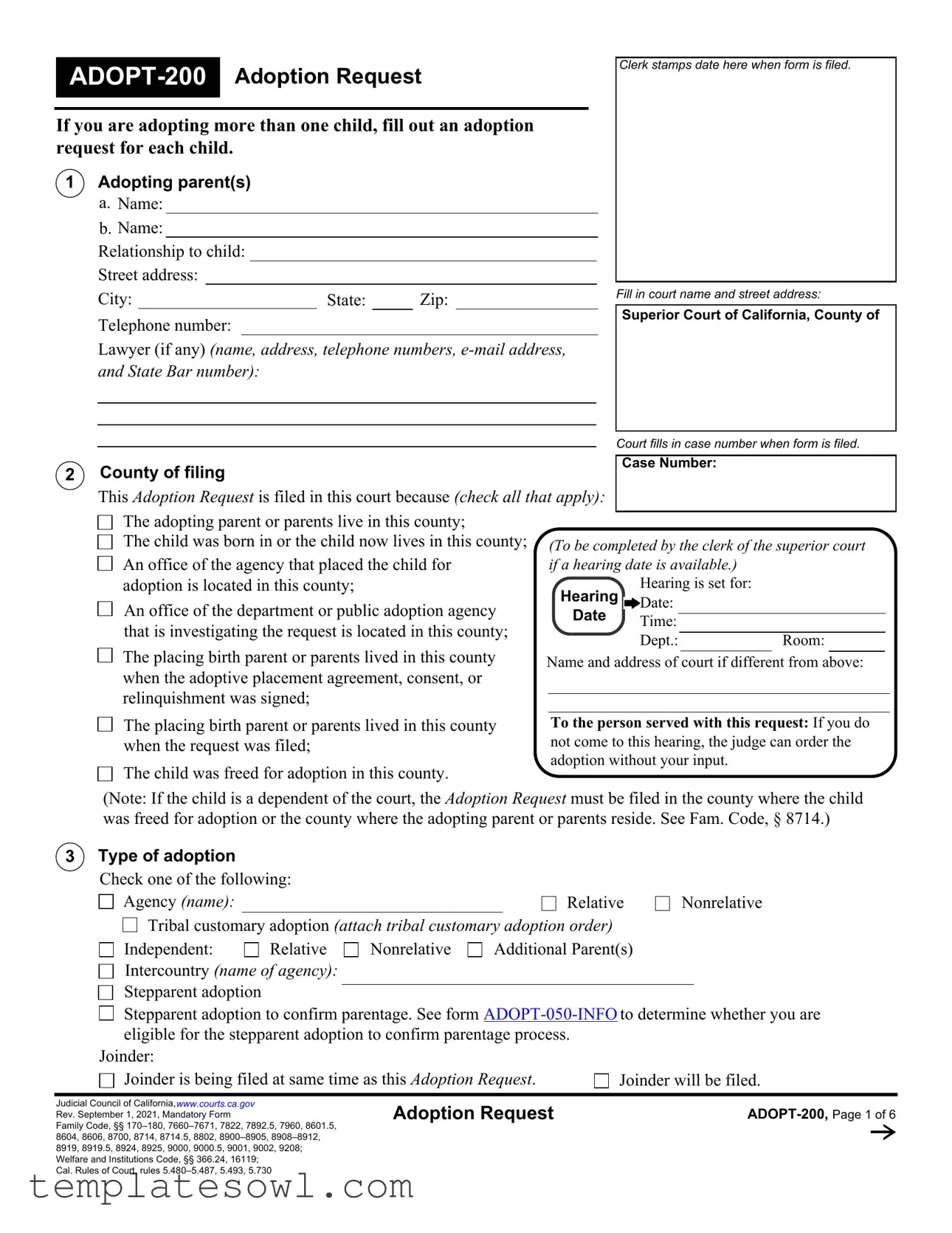
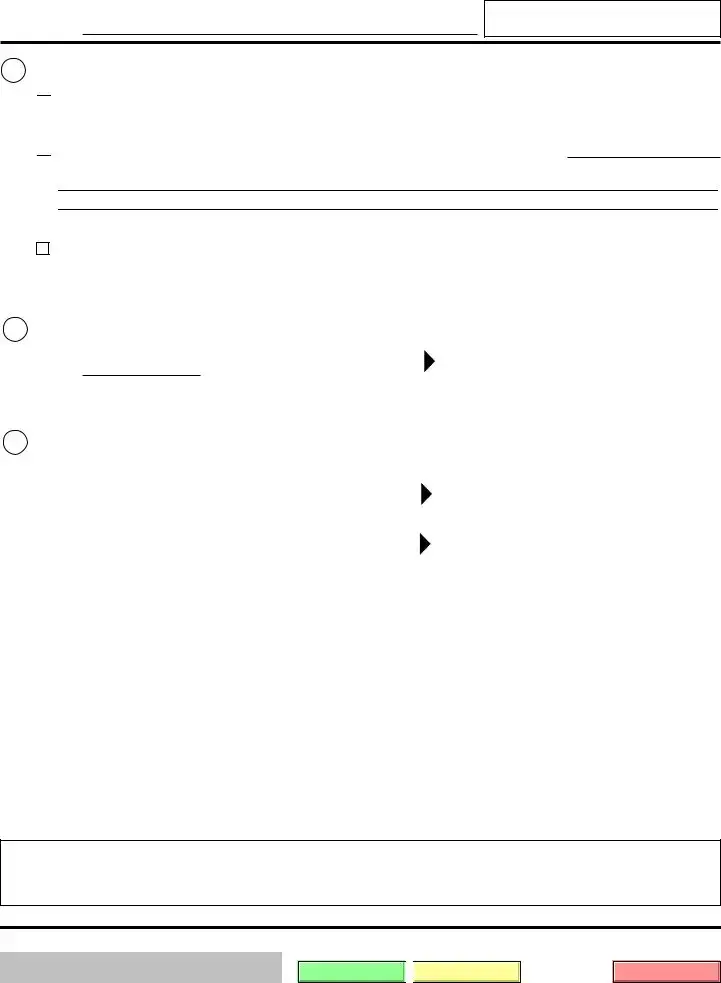
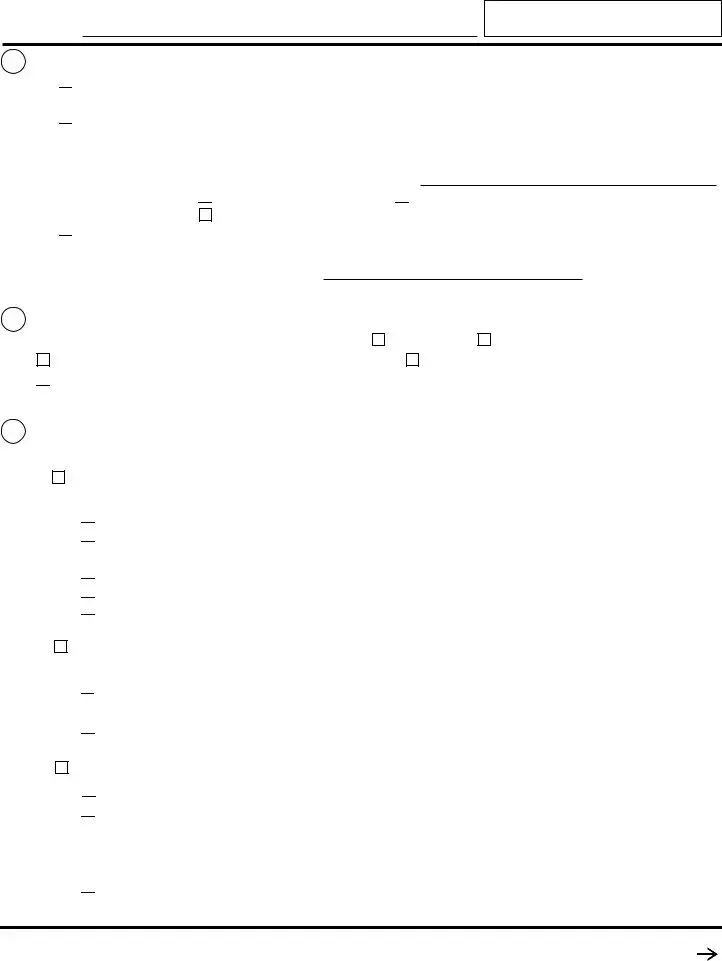
 Female
Female  Male
Male  Nonbinary
Nonbinary
 The child was conceived by assisted reproduction in compliance with Family Code section 7613.
The child was conceived by assisted reproduction in compliance with Family Code section 7613. The inquiry required under law to determine whether the child may be an Indian child has been made, and a completed
The inquiry required under law to determine whether the child may be an Indian child has been made, and a completed  A completed version of
A completed version of  There is
There is  This is an adoption of an Indian child. The adopting parents have filled out and attached
This is an adoption of an Indian child. The adopting parents have filled out and attached  This is a tribal customary adoption under Welfare and Institutions Code section 366.24. Parental rights have been modified under and in accordance with the attached tribal customary adoption order, and the child has been ordered placed for adoption.
This is a tribal customary adoption under Welfare and Institutions Code section 366.24. Parental rights have been modified under and in accordance with the attached tribal customary adoption order, and the child has been ordered placed for adoption.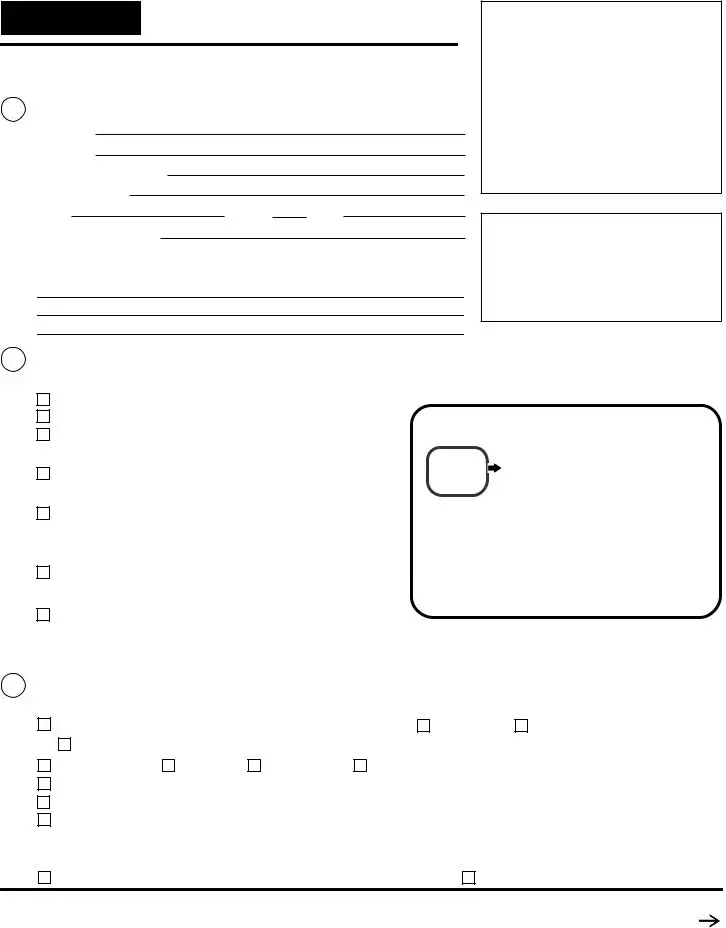
 I/We have received information about the Adoption Assistance Program, the Regional Center, mental health services available through
I/We have received information about the Adoption Assistance Program, the Regional Center, mental health services available through  A copy of the Independent Adoptive Placement Agreement from the California Department of Social Services is attached. (This is required in most independent adoptions; see Fam. Code, § 8802.)
A copy of the Independent Adoptive Placement Agreement from the California Department of Social Services is attached. (This is required in most independent adoptions; see Fam. Code, § 8802.) I/We will file promptly with the department or delegated county adoption agency the information required by the department in the investigation of the proposed adoption.
I/We will file promptly with the department or delegated county adoption agency the information required by the department in the investigation of the proposed adoption.
 This is an independent adoption involving additional parent(s):
This is an independent adoption involving additional parent(s): I am seeking a stepparent adoption to confirm my parentage. At the time the child was born, I was married to or in a
I am seeking a stepparent adoption to confirm my parentage. At the time the child was born, I was married to or in a  I will choose someone to do an investigation or written report. I understand that the person I choose must be a licensed clinical social worker, a licensed marriage and family therapist, or work for a licensed private adoption agency. I will pay this person or agency directly.
I will choose someone to do an investigation or written report. I understand that the person I choose must be a licensed clinical social worker, a licensed marriage and family therapist, or work for a licensed private adoption agency. I will pay this person or agency directly. I would like the court to choose someone to do an investigation. I understand that the court can charge me money for this investigation.
I would like the court to choose someone to do an investigation. I understand that the court can charge me money for this investigation. This is a stepparent adoption involving an additional parent:
This is a stepparent adoption involving an additional parent: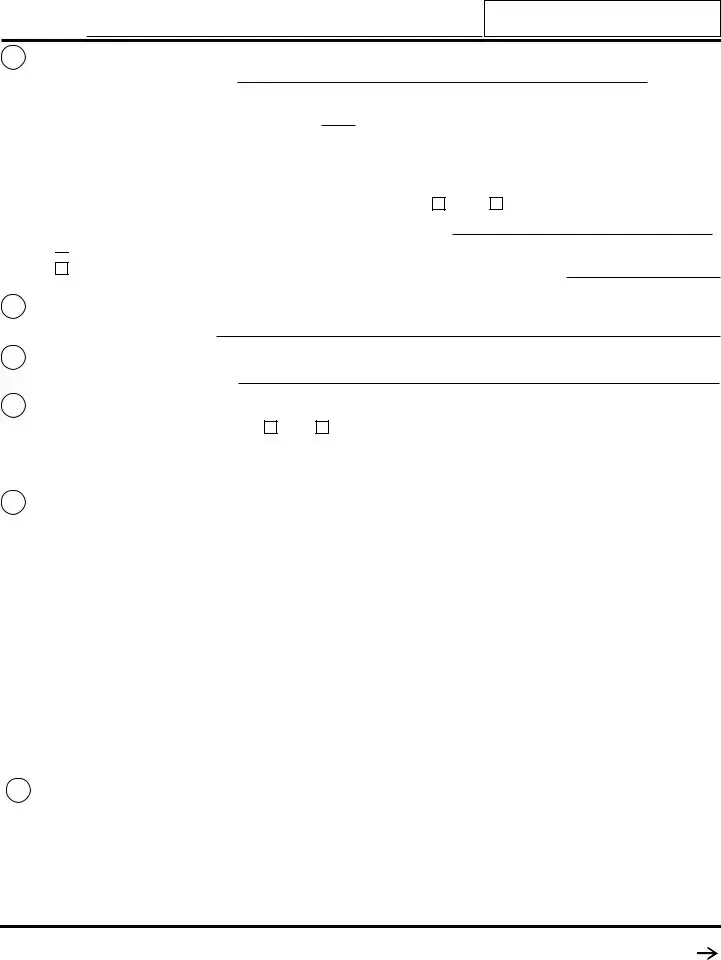

 This adoption may be subject to the Hague Adoption Convention (
This adoption may be subject to the Hague Adoption Convention ( This is an adoption conducted under the requirements of the Hague Adoption Convention and the child has already moved with the adopting parent(s) to another Hague Convention member country or will be moving at the conclusion of this adoption.
This is an adoption conducted under the requirements of the Hague Adoption Convention and the child has already moved with the adopting parent(s) to another Hague Convention member country or will be moving at the conclusion of this adoption. seek(s) a California adoption
seek(s) a California adoption  will be petitioning for a Hague Adoption Certificate will be seeking a Hague Custody Declaration.
will be petitioning for a Hague Adoption Certificate will be seeking a Hague Custody Declaration. This is an intercountry adoption that was finalized in another country before the child entered the United States with the adopting parent(s).
This is an intercountry adoption that was finalized in another country before the child entered the United States with the adopting parent(s).
 This is a tribal customary adoption. Postadoption contact is governed by the attached tribal customary adoption order.
This is a tribal customary adoption. Postadoption contact is governed by the attached tribal customary adoption order. The parent has been judicially deprived of the custody and control of the child.
The parent has been judicially deprived of the custody and control of the child. The parent has voluntarily surrendered the right to custody and control of the child in a judicial proceeding in another jurisdiction, under a law of that jurisdiction providing for the surrender.
The parent has voluntarily surrendered the right to custody and control of the child in a judicial proceeding in another jurisdiction, under a law of that jurisdiction providing for the surrender. The parent has deserted the child without providing information to identify the child.
The parent has deserted the child without providing information to identify the child. The parent has relinquished the child under Family Code section 8700.
The parent has relinquished the child under Family Code section 8700. The parent has relinquished the child for adoption to a licensed or authorized
The parent has relinquished the child for adoption to a licensed or authorized  The presumed parent did not become a presumed parent before the mother’s relinquishment or consent became irrevocable or the mother’s parental rights were terminated. (Fam. Code, § 8604(a).)
The presumed parent did not become a presumed parent before the mother’s relinquishment or consent became irrevocable or the mother’s parental rights were terminated. (Fam. Code, § 8604(a).) The presumed parent signed a Waiver of the Right to Further Notice of Adoption Proceedings pursuant to Family Code section 7660.5.
The presumed parent signed a Waiver of the Right to Further Notice of Adoption Proceedings pursuant to Family Code section 7660.5. The relationship to the child was previously terminated or determined not to exist by a court.
The relationship to the child was previously terminated or determined not to exist by a court. The alleged father was served as prescribed in Family Code section 7666 with a written notice of alleged parentage and the proposed adoption, and has failed to bring an action pursuant to Family Code section 7630(c) within 30 days of service of the notice or the birth of the child, whichever is later. (
The alleged father was served as prescribed in Family Code section 7666 with a written notice of alleged parentage and the proposed adoption, and has failed to bring an action pursuant to Family Code section 7630(c) within 30 days of service of the notice or the birth of the child, whichever is later. ( The alleged father has executed a written form to waive notice, deny parentage, relinquish the child
The alleged father has executed a written form to waive notice, deny parentage, relinquish the child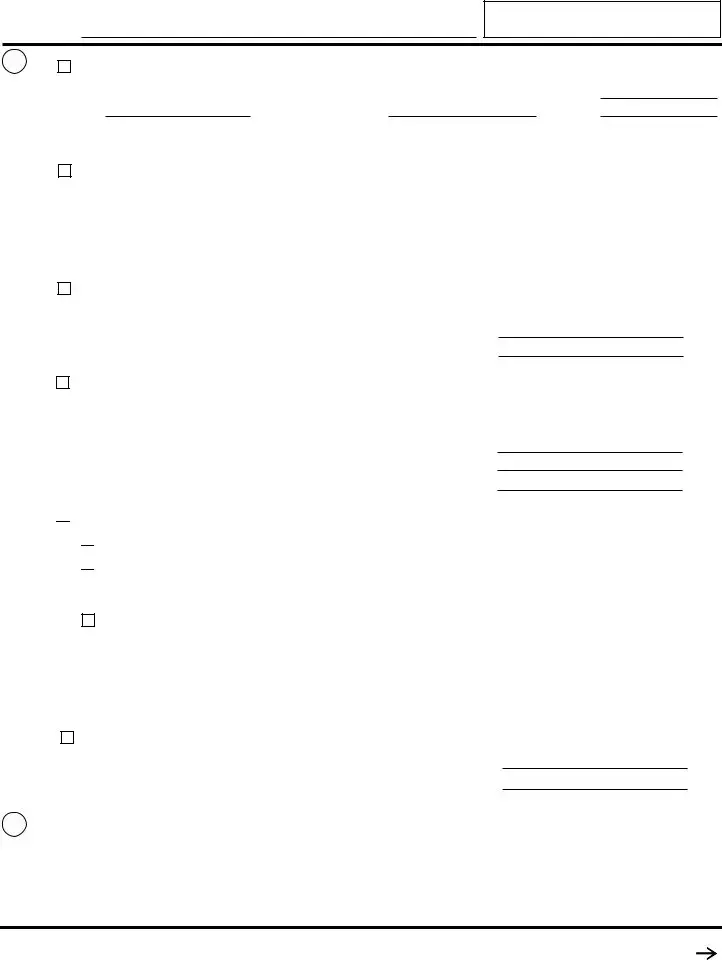

 The child has been abandoned as follows:
The child has been abandoned as follows:
 The child has been left by the child’s parent or parents with no way to identify the child.
The child has been left by the child’s parent or parents with no way to identify the child.
 The child has been left in the custody of another person by both parents or the sole parent for six months without providing for the child’s support, or without communication from the parent or parents, with the intent to abandon the child.
The child has been left in the custody of another person by both parents or the sole parent for six months without providing for the child’s support, or without communication from the parent or parents, with the intent to abandon the child.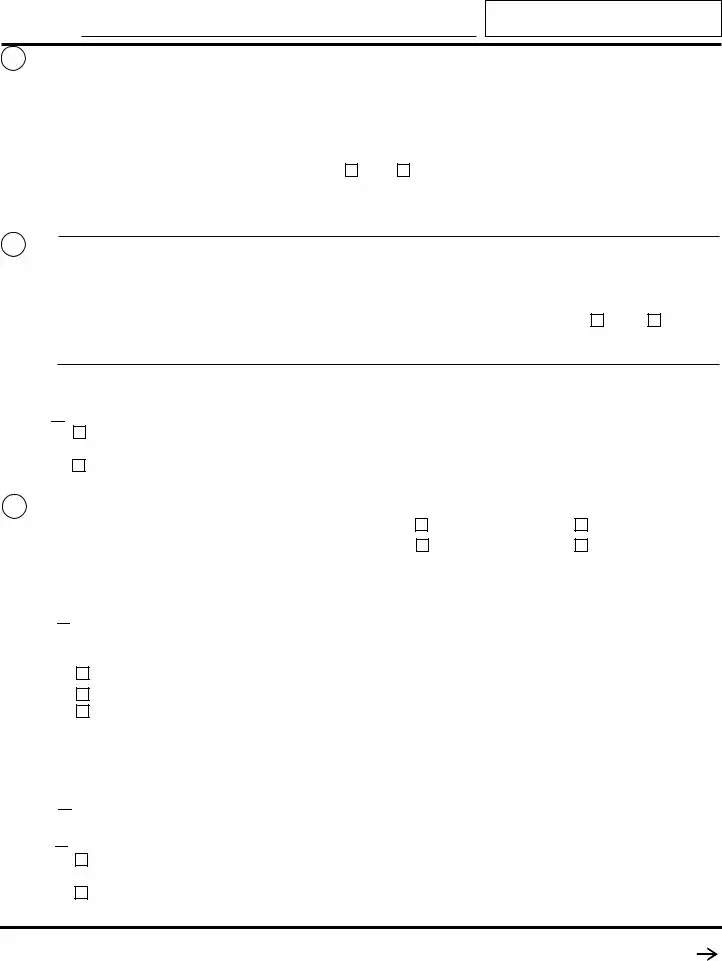

 I/We ask the court to approve the adoption and to declare that the adopting parents and the child have the legal relationship of parent and child, with all the rights and duties of this relationship, including the right of inheritance.
I/We ask the court to approve the adoption and to declare that the adopting parents and the child have the legal relationship of parent and child, with all the rights and duties of this relationship, including the right of inheritance.
 I/We ask the court to date its order approving the adoption as of an earlier date
I/We ask the court to date its order approving the adoption as of an earlier date 
 Save this form
Save this form